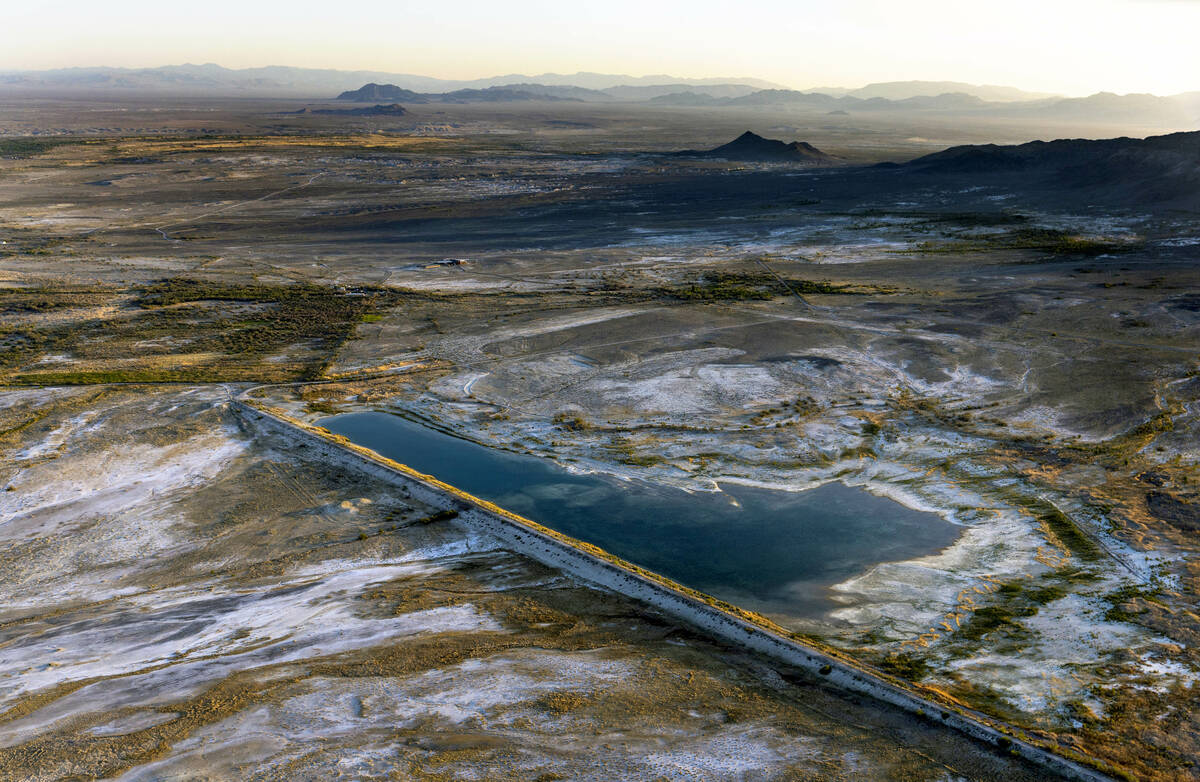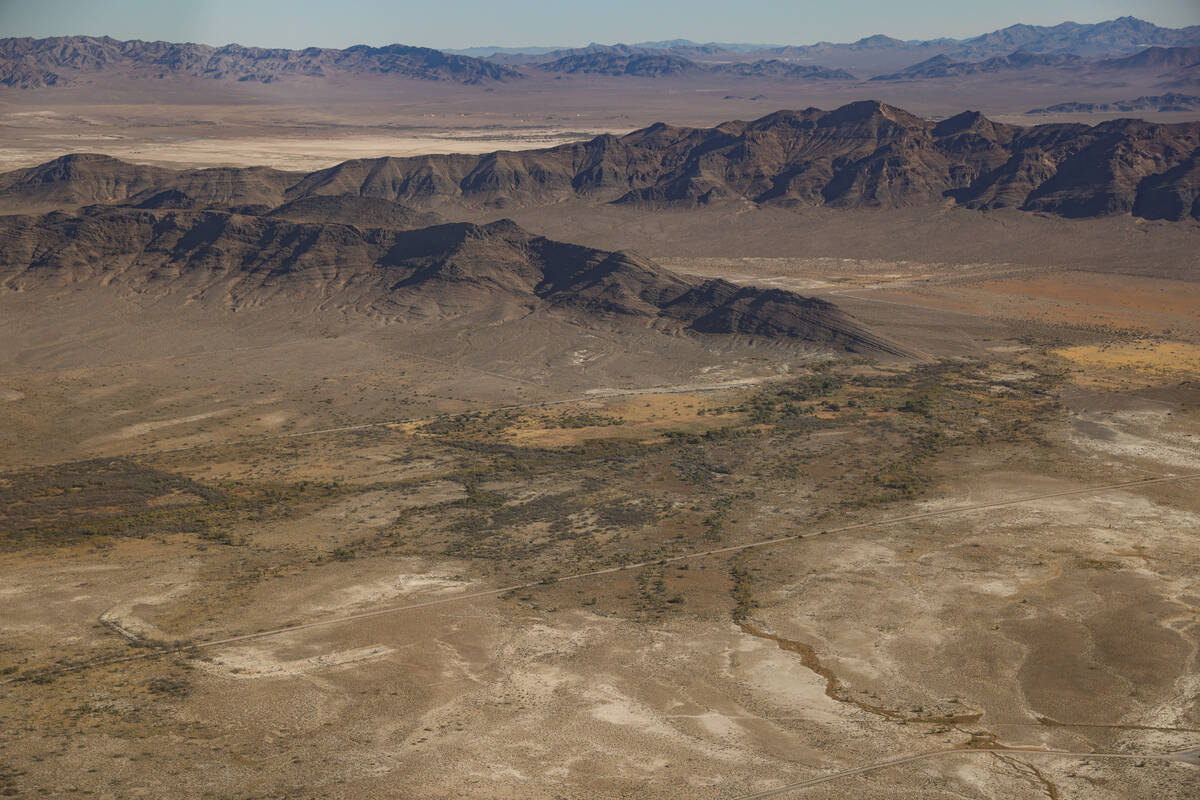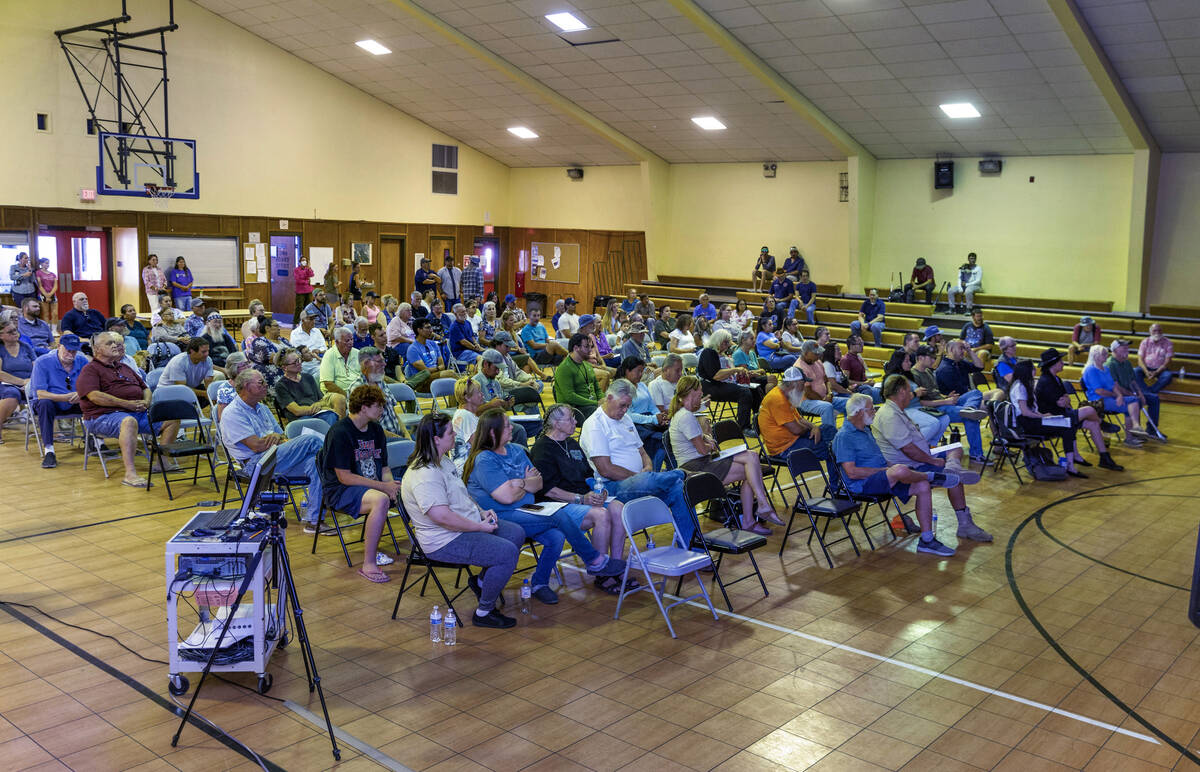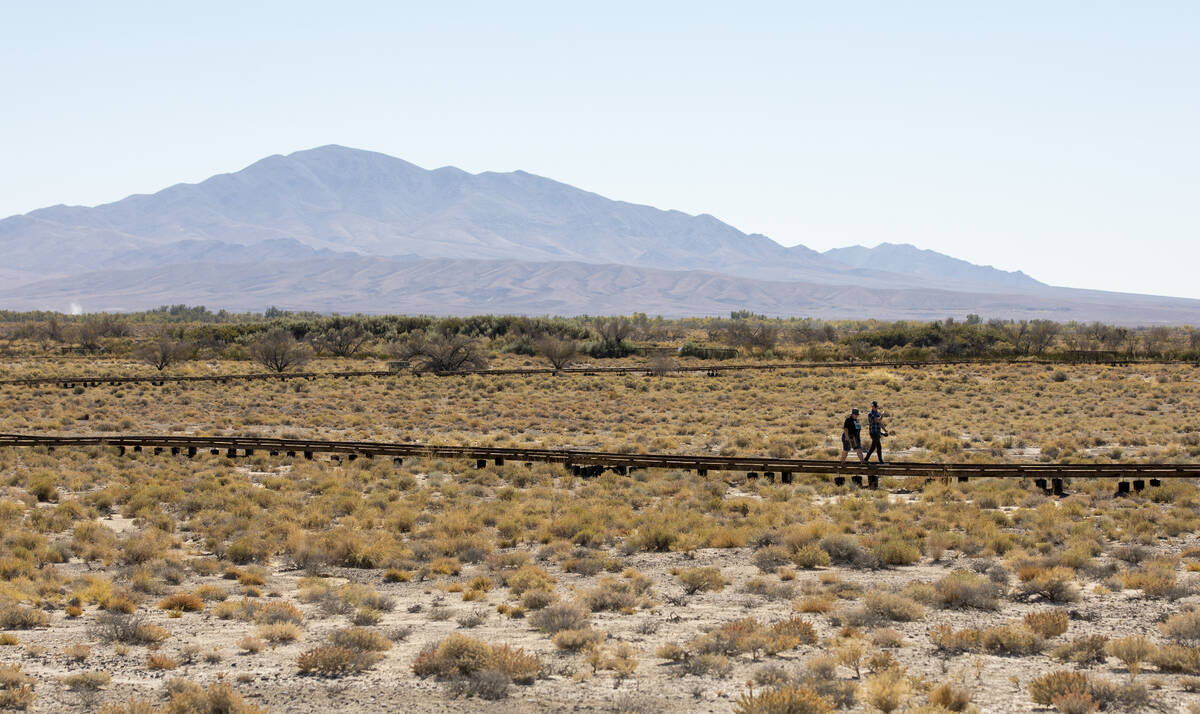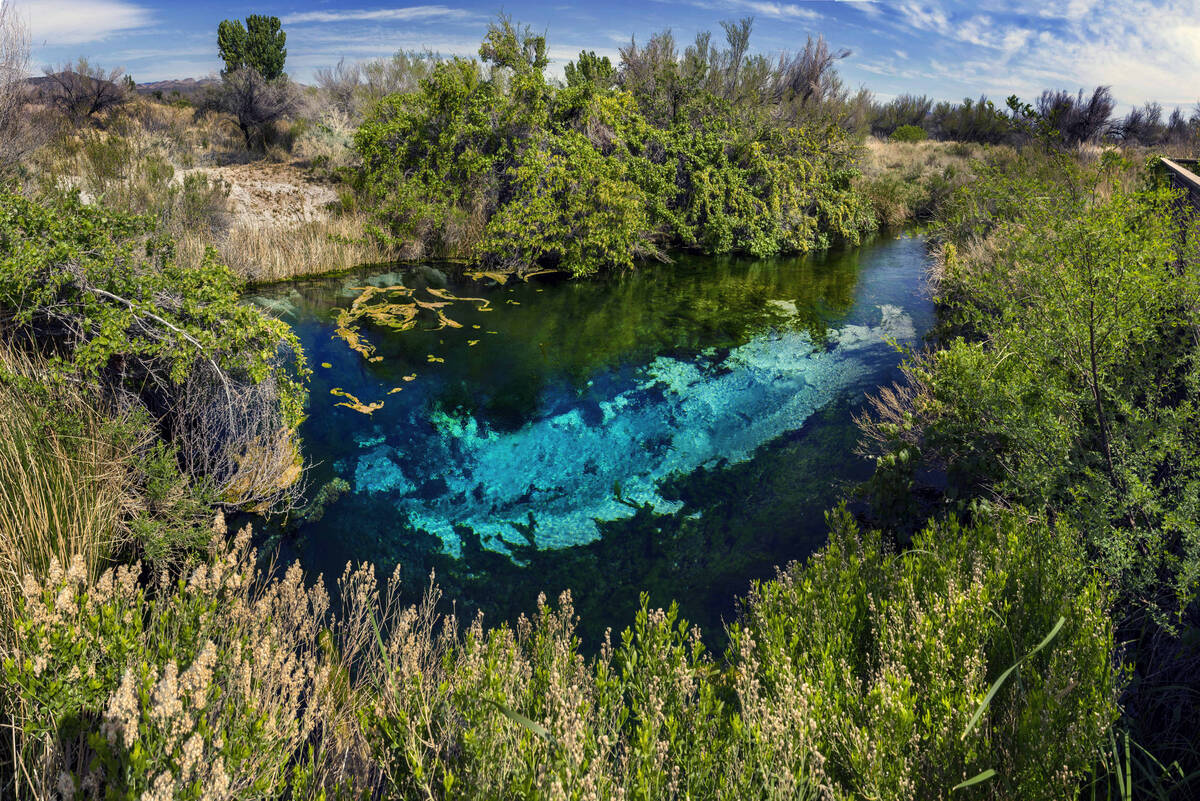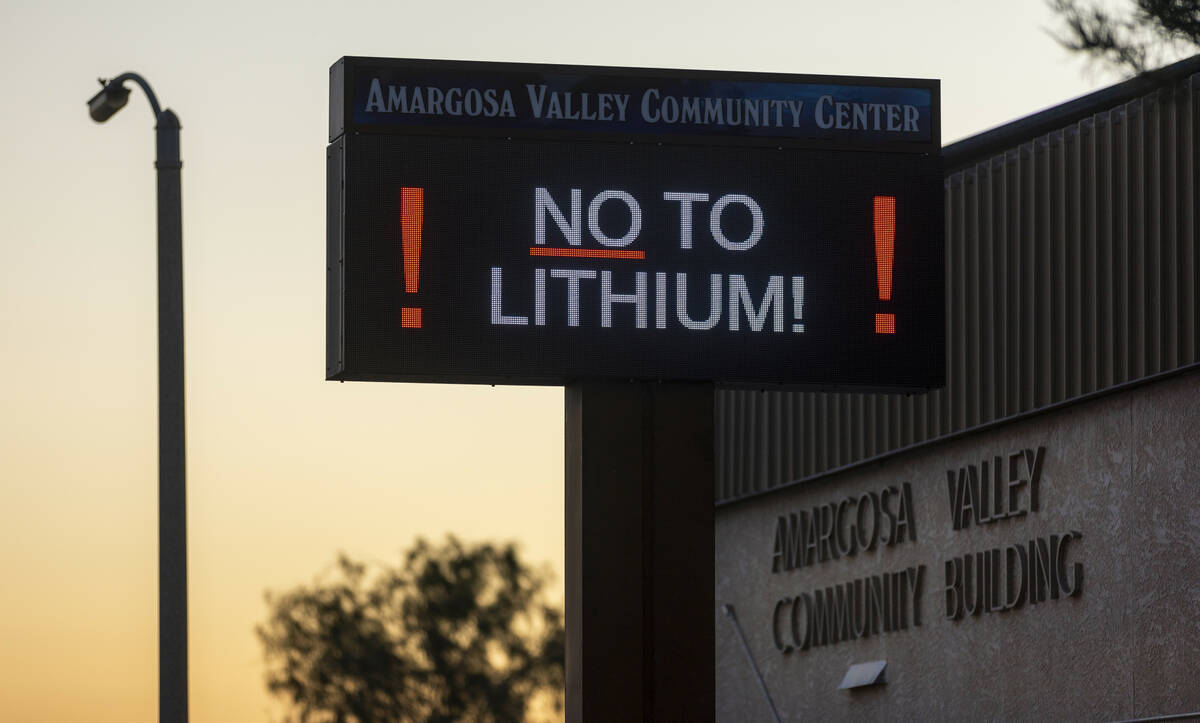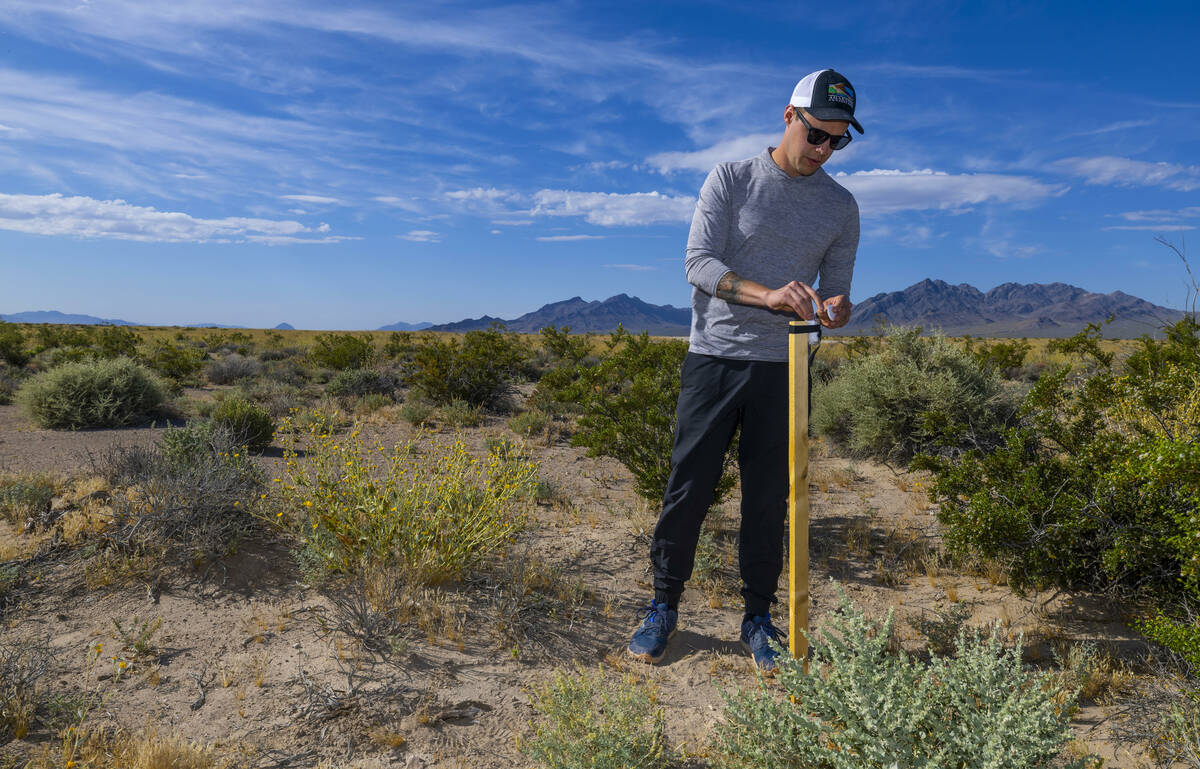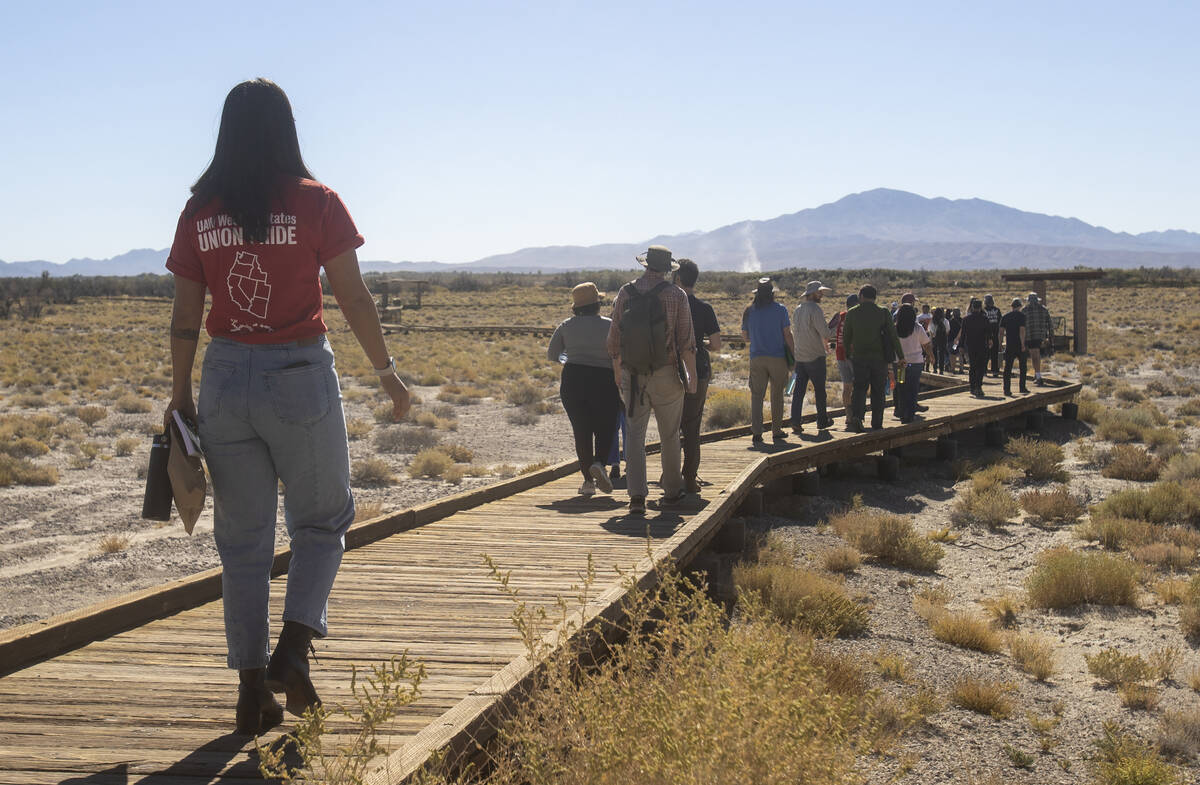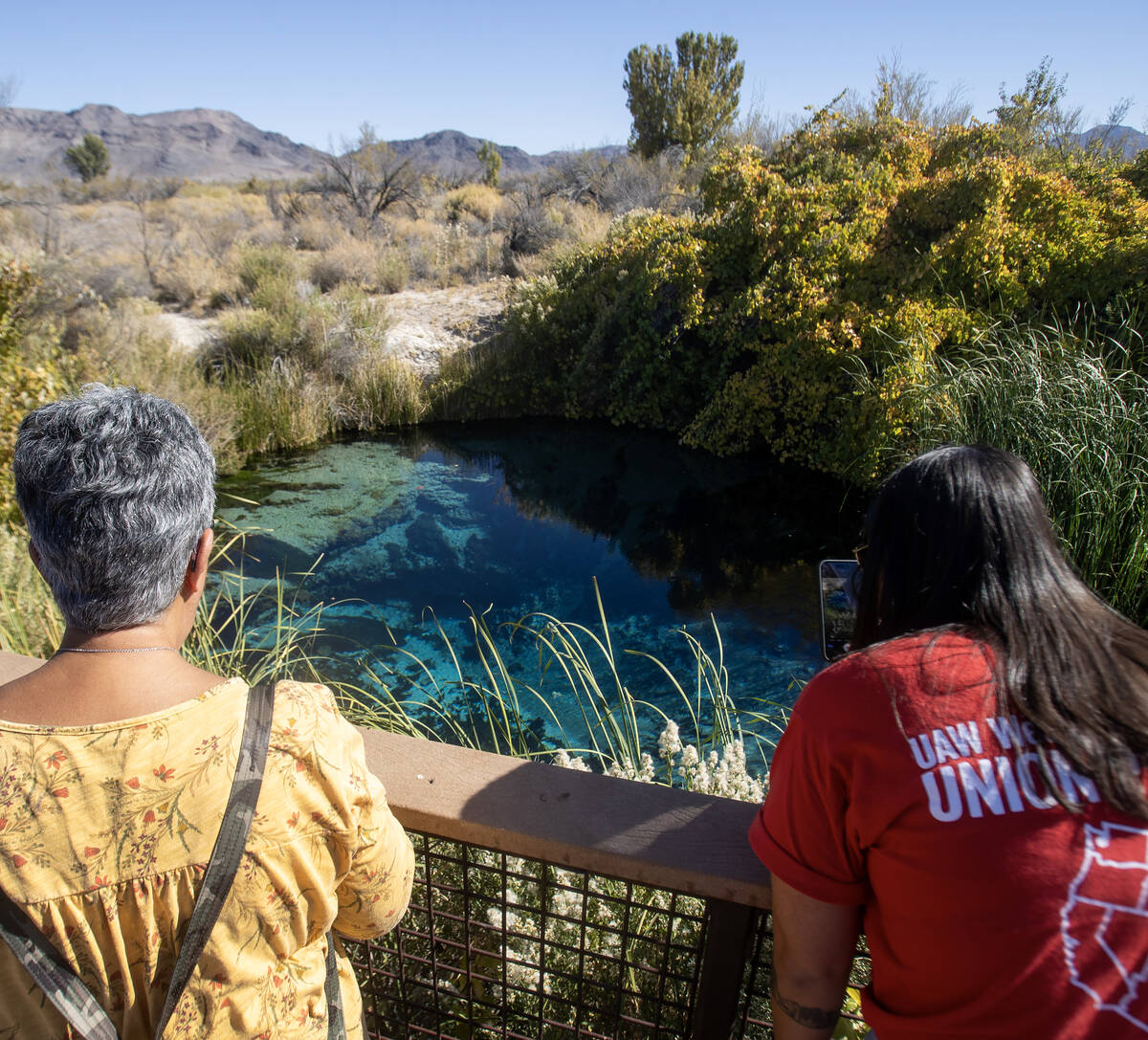After grassroots fight, BLM moves to shield Ash Meadows from mining
An extensive fight to protect the water of Nevada’s Amargosa Valley may soon be won, ending a nearly two-year battle that spanned from the nation’s capital to the porches of Nye County residents forced to spend thousands of dollars to drill their wells deeper.
If approved, any new attempts of exploration for lithium or any other minerals near the Ash Meadows National Wildlife Refuge, about 90 miles northwest of Las Vegas, will be denied for 20 years. The Bureau of Land Management recommended that Deb Haaland, secretary of the Interior, use her power on Tuesday to initiate a so-called 20-year “mineral withdrawal,” an action that suspends new mining activity in a swath of land that spans nearly 309,000 acres.
The initiation of the withdrawal process immediately suspends new mining development activities in the proposed area for a period of two years, during which land managers can conduct an environmental review.
The BLM is expected to open a 90-day public comment period Wednesday.
A coalition of residents, environmentalists, local officials and the Timbisha Shoshone tribe met with Interior officials in Washington, D.C., last year after collecting letters of support from Nevada’s congressional delegation, a Nevada legislative committee, the Nye County Commission and more.
Lithium has captivated Nevada’s mining industry. The state is home to the only active lithium mine in the country in Esmeralda County, with another on the way next door and one being built on the northwestern edge of the state.
Carolyn Allen, the Amargosa Valley town board chair who has led local opposition to lithium exploration, has long said more mining could spell the end for her town of about 1,400 people, who rely on groundwater wells for drinking water.
“Today’s action by the federal government is a victory for common sense and for every family, farmer and ecosystem that depends on this land,” Allen said. “The people of Amargosa Valley are fighting for the very foundation of life in our community — our water.”
Why it matters: Water
The Amargosa River watershed connects a string of rural towns starting in Beatty and ending in Death Valley National Park’s Badwater Basin.
Ash Meadows, sometimes called the Galapagos of the Mojave Desert, is perhaps best known as the home of the endangered Devils Hole pupfish. It’s a stone’s throw from the residential portion of Amargosa Valley, where residents have bitterly fought to stave off lithium exploration.
Rover Critical Minerals, a Canadian mineral exploration company, made an initial attempt in 2023 to find lithium near the refuge that was blocked by the Bureau of Land Management. In a move that many saw as an escalation, the company claimed their stake to minerals in and around the town last year.
Mandi Campbell, tribal historic preservation officer for the Timbisha Shoshone tribe, called Tuesday’s announcement “a crucial step forward.” The tribe, native to the region now known as Death Valley National Park, sees a direct link between mining in Amargosa Valley and the water it depends on.
“This is a fight for our identity, our sovereignty and our survival,” Campbell said. “The Timbisha Shoshone Tribe will not stand by while the water that sustains our sacred traditions and future generations is stolen or poisoned.”
Rover, which has not commented on Tuesday’s BLM ruling, has denied that mineral exploration would have any impact to the groundwater table, citing a hydrologist it hired. Studies from The Nature Conservancy, a nonpartisan nonprofit, proved otherwise. The company’s existing mineral claims will not be affected by Tuesday’s announcement.
“It’s clear that past decisions allowing mining near Ash Meadows National Wildlife Refuge no longer serve the public good, and it’s time for the federal government to correct course,” said Erika Gerling, town board chair of the Beatty, where the headwaters of the Amargosa River are located. “Without water, the refuge, our communities and our way of life cannot survive.”
Trump 2.0 leaves some uncertainty
Because the environmental review will take up to two years, further determination about the withdrawal will be made by President-elect Donald Trump’s pick for Interior secretary. Trump’s nominee, Doug Burgum, most recently was the governor of North Dakota.
In separate statements, both of Nevada’s Democratic senators praised the progress made on Tuesday.
“I’m glad the Biden-Harris Administration is stepping in to ensure we preserve the unique ecological system and the critical water resources the region provides,” said Catherine Cortez Masto, D-Nev. “I urge the incoming Trump Administration to follow suit and complete the land withdrawal.”
“They have heeded our call to ensure the preservation of the area and prohibit actions that could put it at risk,” added Jacky Rosen, D-Nev.
In the meantime, Amargosa Valley faces another part of the energy transition that could threaten its water: mass solar development. A 10,000-acre solar farm is proposed in the town, and the holder of a large share of the town’s water rights, Ponderosa Dairy, may soon be transformed into one as well.
“Make no mistake: this fight is far from over,” said Allen, of Amargosa Valley. “We will remain vigilant until the protections we need are secured, and the threat of destruction is removed permanently.”
In an interview with the Las Vegas Review-Journal in June, Rover’s CEO suggested that the oil and gas lobby was stifling efforts to find mineral deposits in Amargosa Valley that would be used for clean energy, such as lithium, used for electric vehicle batteries. All in all, the coalition sees the step toward a mineral withdrawal as a net gain that will protect water for generations.
“This is a pivotal moment in our shared fight to protect Ash Meadows, Death Valley and the Amargosa Valley, but let’s be clear: this victory belongs to the people who call the valley home,” said Mason Voehl, executive director of the Amargosa Conservancy, the nonprofit that formed the coalition. “They’ve shown us what true civic engagement looks like — organizing tirelessly, raising their voices and standing up for the desert and for their families’ futures.”
Contact Alan Halaly at ahalaly@reviewjournal.com. Follow @AlanHalaly on X.




